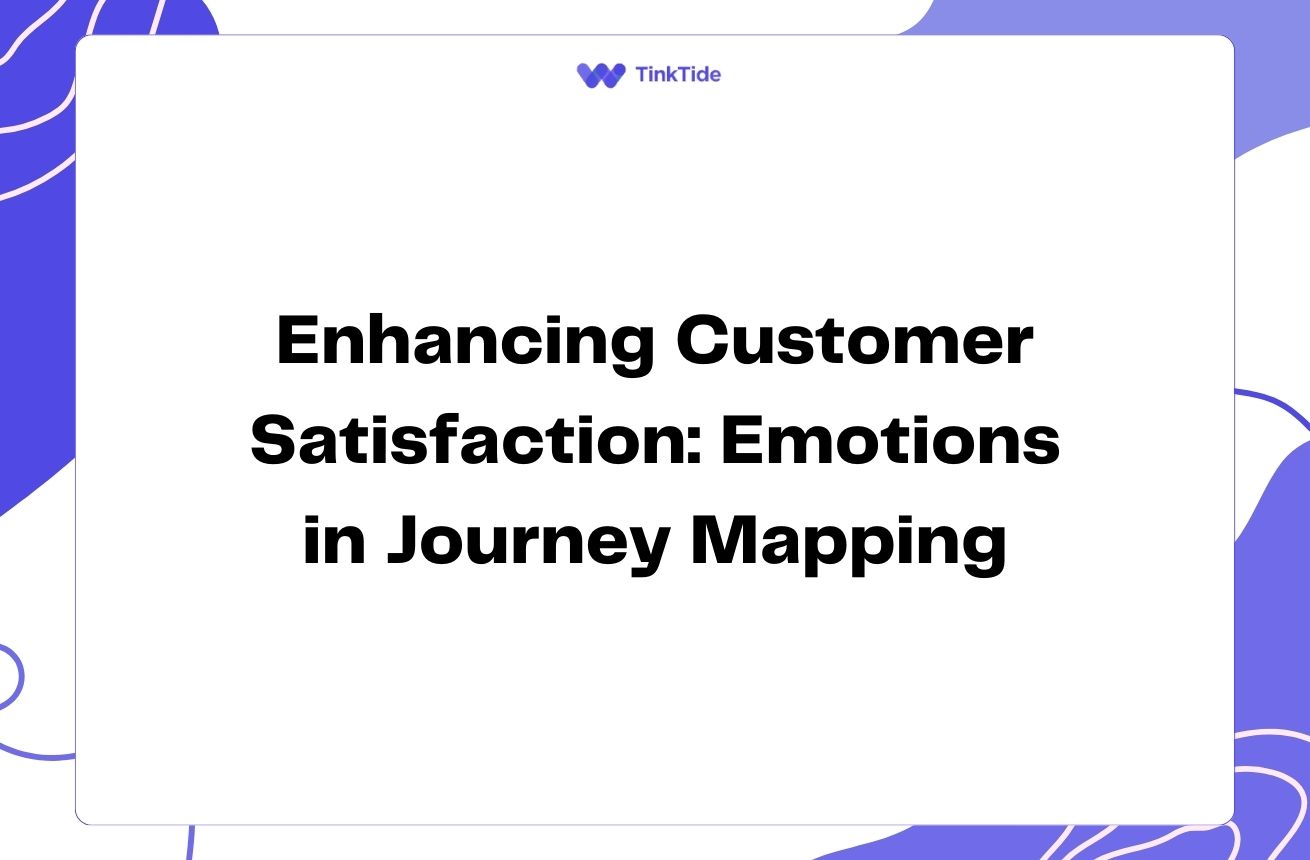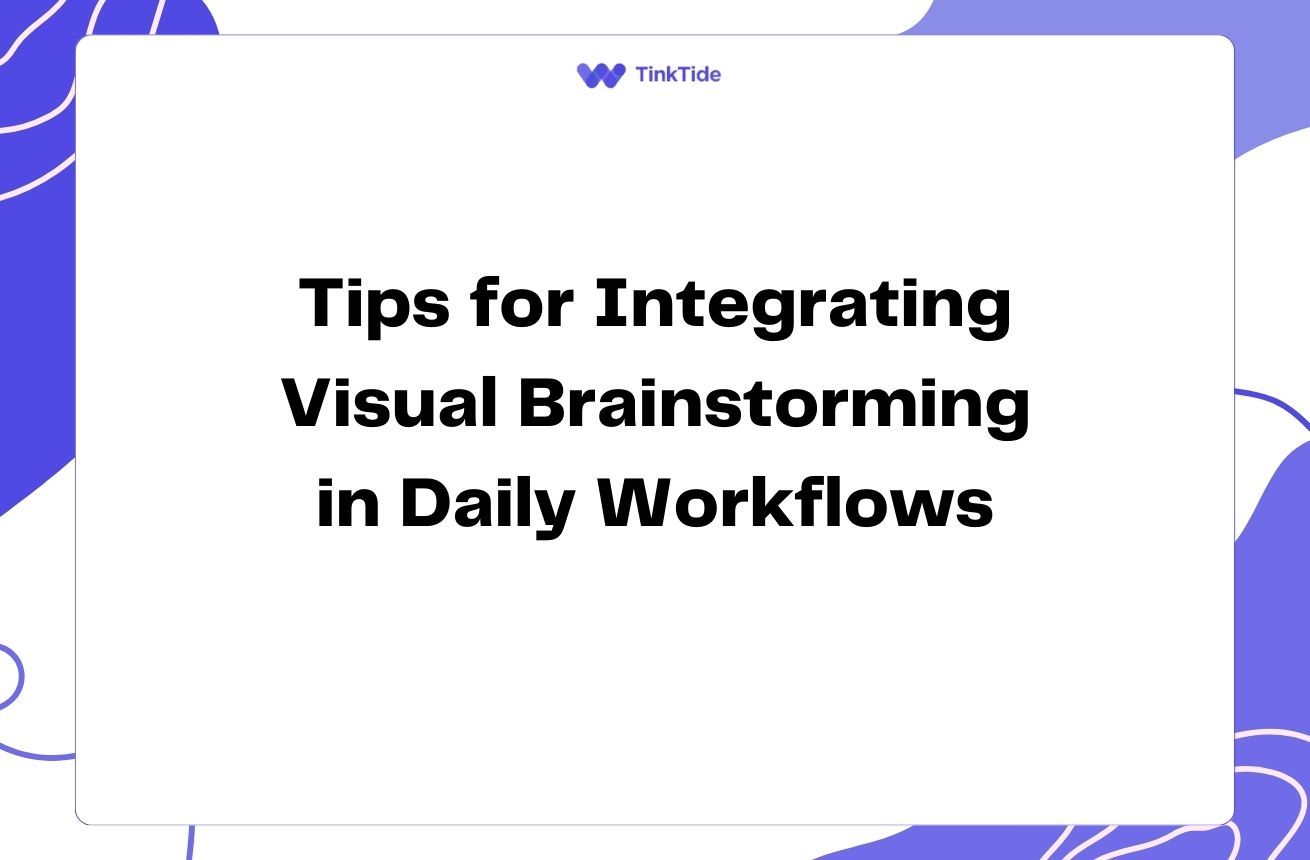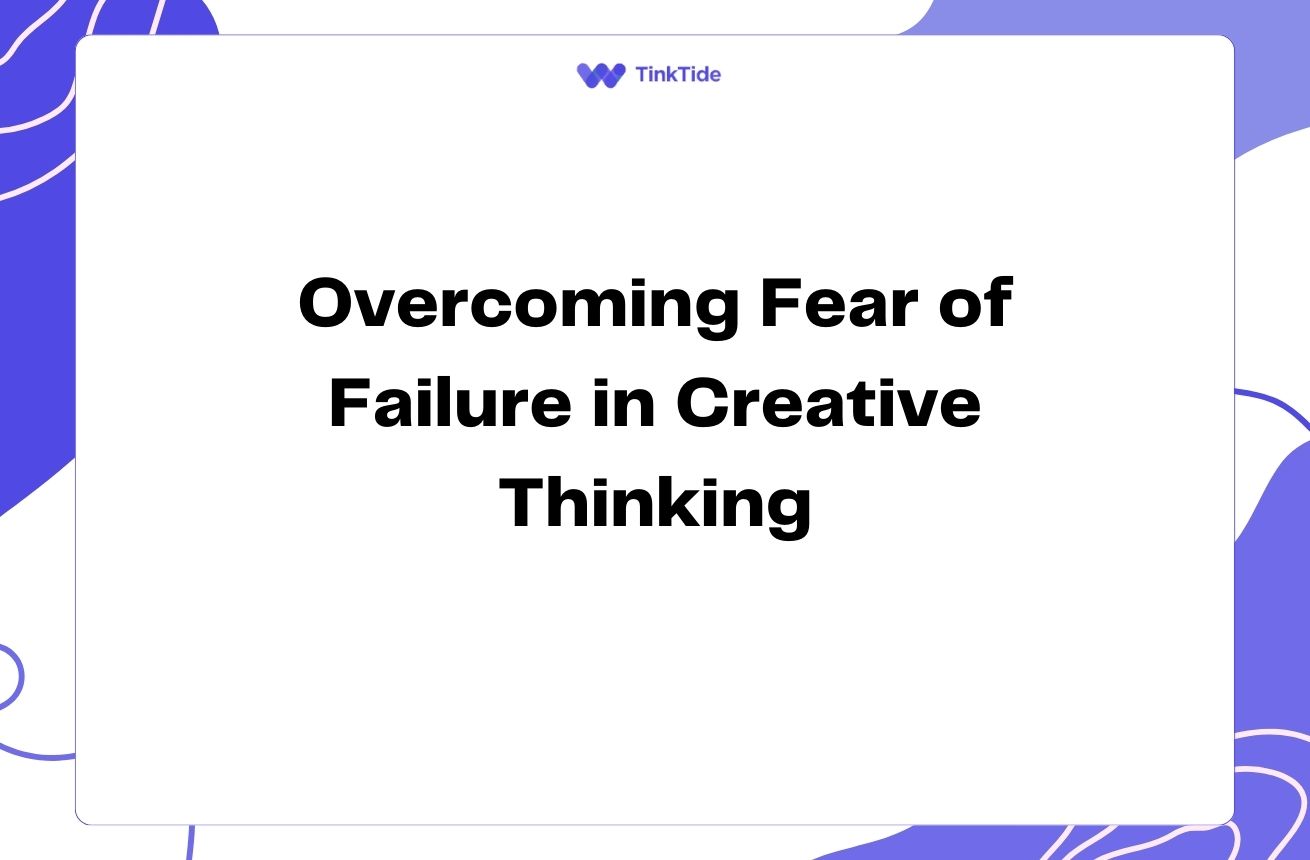Unleash Your Potential: Mind Maps for Personal Growth
The Power of Visual Thinking
Mind maps are powerful tools that can revolutionize your approach to personal growth and self-improvement. By visually organizing your thoughts, goals, and ideas, mind maps tap into your brain's natural ability to process information in a non-linear fashion.
Unlike traditional note-taking methods, mind maps use a radial structure that mimics how our brains naturally connect ideas. This structure allows for greater creativity, improved memory retention, and enhanced problem-solving skills.
Research has shown that visual thinking techniques like mind mapping can improve learning efficiency by up to 15%. By leveraging the power of visual associations, you can unlock new insights and accelerate your personal growth journey.
Key Benefits of Mind Mapping for Personal Development
Mind maps offer numerous advantages when it comes to personal growth and self-improvement. Here are some key benefits:
- Enhanced creativity and idea generation
- Improved goal setting and planning
- Better organization of thoughts and concepts
- Increased memory retention and recall
- Clearer decision-making processes
Boosting Creativity with Mind Maps
One of the most significant benefits of mind mapping is its ability to enhance creativity. The non-linear structure of mind maps allows you to make unexpected connections between ideas, leading to innovative solutions and fresh perspectives.
When creating a mind map, start with a central concept and branch out with related ideas. This process encourages free association and helps you break out of rigid thinking patterns. As you explore different branches, you may discover new insights or approaches you hadn't considered before.
To further boost creativity, try using colors, images, and symbols in your mind maps. These visual elements can trigger new associations and help you think more holistically about your personal growth goals.
Goal Setting and Planning with Mind Maps
Mind maps are excellent tools for setting and achieving personal goals. By visually mapping out your objectives, you can create a clear roadmap for your personal development journey.
Start by placing your main goal at the center of the map. Then, branch out with sub-goals, action steps, and potential obstacles. This visual representation helps you see the big picture while also breaking down your goals into manageable tasks.
As you progress, you can update your mind map to track your achievements and adjust your plans as needed. This dynamic approach to goal setting keeps you motivated and focused on your personal growth objectives.
Enhancing Problem-Solving Skills
Mind maps can significantly improve your problem-solving abilities by helping you visualize complex issues and explore multiple solutions. When faced with a challenge, create a mind map to break down the problem into smaller components.
Use branches to explore different aspects of the problem, potential causes, and possible solutions. This visual approach allows you to see connections and patterns that might not be apparent when using linear thinking methods.
By engaging both the logical and creative sides of your brain, mind mapping can lead to more innovative and effective problem-solving strategies in your personal and professional life.
How to Create Effective Mind Maps for Personal Growth
Follow these steps to create powerful mind maps for your personal development:
- Step 1: Start with a central idea or goal
- Step 2: Add main branches for key themes or categories
- Step 3: Expand with sub-branches for related ideas and details
- Step 4: Use colors, images, and symbols to enhance visual appeal
- Step 5: Review and refine your mind map regularly
Integrating Mind Maps into Your Daily Routine
To maximize the benefits of mind mapping for personal growth, try incorporating this technique into your daily routine. Use mind maps for journaling, brainstorming sessions, or planning your day.
Consider creating a 'personal growth' mind map that you update regularly. This map can serve as a visual representation of your ongoing self-improvement journey, helping you stay motivated and focused on your goals.
As you become more comfortable with mind mapping, you'll likely find new and creative ways to apply this technique to various aspects of your personal and professional life.
Mind Mapping Tools and Resources
While you can create mind maps with pen and paper, there are numerous digital tools available that can enhance your mind mapping experience. Here are some popular options:
- MindMeister: A collaborative online mind mapping tool
- XMind: Feature-rich mind mapping software for desktop and mobile
- Coggle: A simple, free online mind mapping tool
- MindMup: A free, open-source mind mapping platform
- GoConqr: A comprehensive learning platform with mind mapping features
Common Questions About Mind Mapping for Personal Growth
Here are some frequently asked questions about using mind maps for personal development:
How often should I create mind maps for personal growth?
The frequency depends on your goals and preferences. Some people find it helpful to create daily mind maps for planning and reflection, while others may use them weekly or monthly for bigger-picture thinking. Experiment to find what works best for you.
Can mind mapping help with overcoming procrastination?
Yes, mind mapping can be an effective tool for combating procrastination. By visually breaking down tasks and goals into smaller, manageable steps, you can reduce overwhelm and increase motivation. Use mind maps to prioritize tasks and create action plans.
How can mind maps improve my decision-making skills?
Mind maps allow you to visually explore different options and their potential outcomes. By mapping out pros and cons, potential risks, and desired results, you can gain a clearer perspective on complex decisions and make more informed choices.
Are digital or hand-drawn mind maps more effective?
Both digital and hand-drawn mind maps can be effective. Hand-drawn maps may offer more freedom and creativity, while digital tools provide features like easy editing and sharing. Choose the method that feels most comfortable and productive for you.
Can mind mapping help with emotional intelligence and self-awareness?
Absolutely. Mind maps can be powerful tools for exploring your emotions, values, and beliefs. Create mind maps to reflect on your experiences, analyze your reactions, and identify patterns in your behavior. This visual approach can lead to greater self-awareness and emotional intelligence.
Additional Resources for Mind Mapping and Personal Growth
The Mind Map Book
A comprehensive guide to mind mapping by Tony Buzan, the creator of modern mind mapping
Mind Mapping for Personal Growth
An in-depth article on using mind maps for personal development from MindTools
TED Talk: The Power of Mind Mapping
An inspiring talk by Tony Buzan on the benefits of mind mapping
Mind Mapping for Self-Improvement
A practical guide to using mind maps for personal growth from Lifehack
Mind Mapping in Education
An article exploring the benefits of mind mapping in learning and personal development
Embrace the Power of Mind Mapping for Personal Growth
Mind mapping is a versatile and powerful tool that can significantly enhance your personal growth and self-improvement efforts. By visually organizing your thoughts, goals, and ideas, you can unlock new levels of creativity, problem-solving, and self-awareness.
As you incorporate mind mapping into your personal development journey, remember that practice makes perfect. Experiment with different techniques, tools, and applications to find what works best for you.
Start creating mind maps today and watch as your personal growth accelerates, leading to a more fulfilling and successful life. The power to unlock your full potential is at your fingertips – all you need is a blank canvas and your imagination.
Supercharge Your Personal Growth with Mind Mapping
Ready to take your personal development to the next level? Start your mind mapping journey today!
Start Your Free Trial

